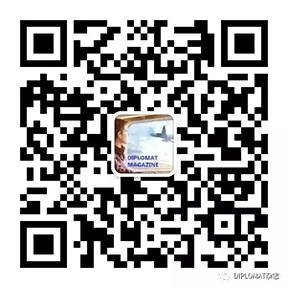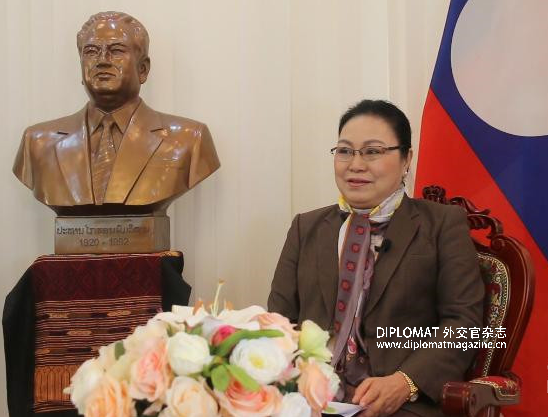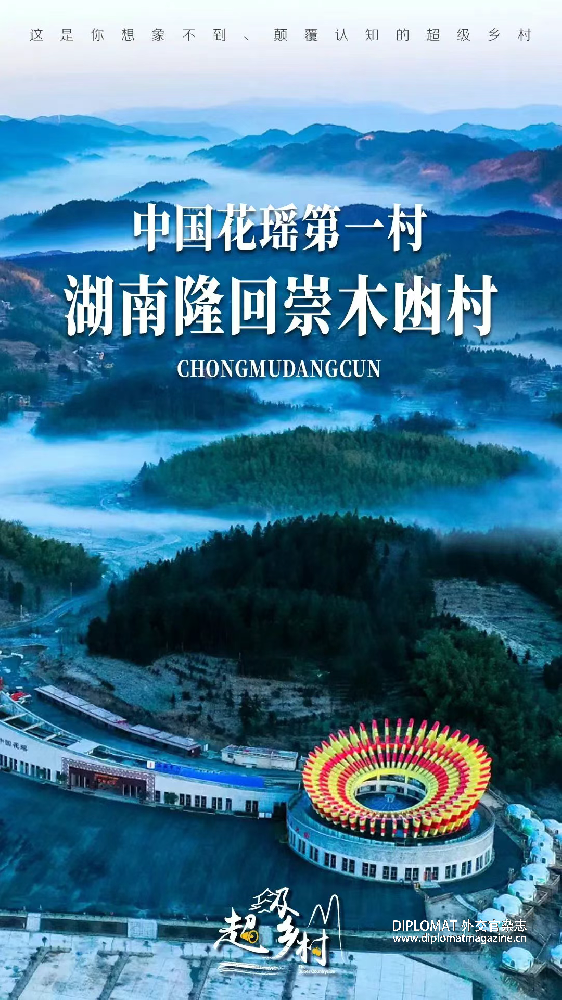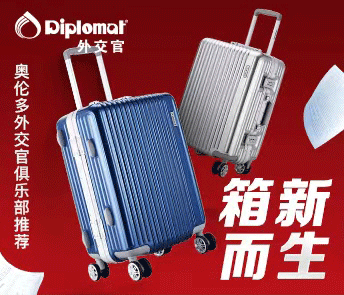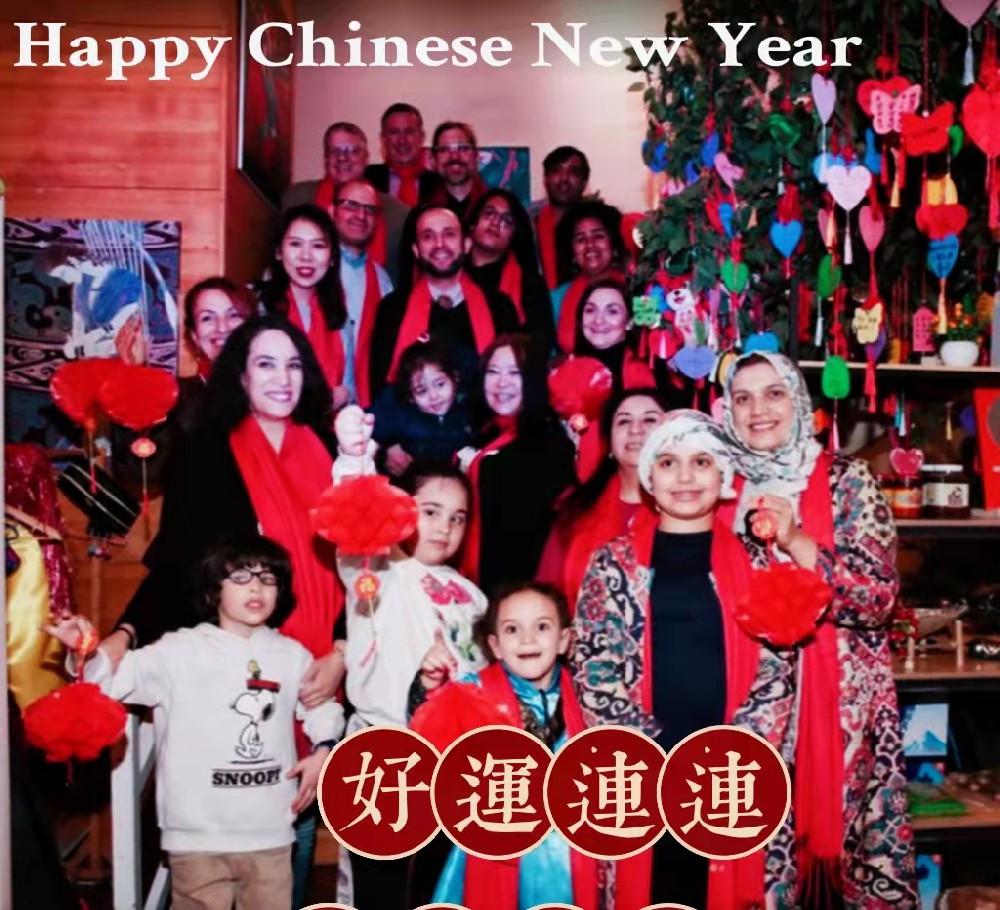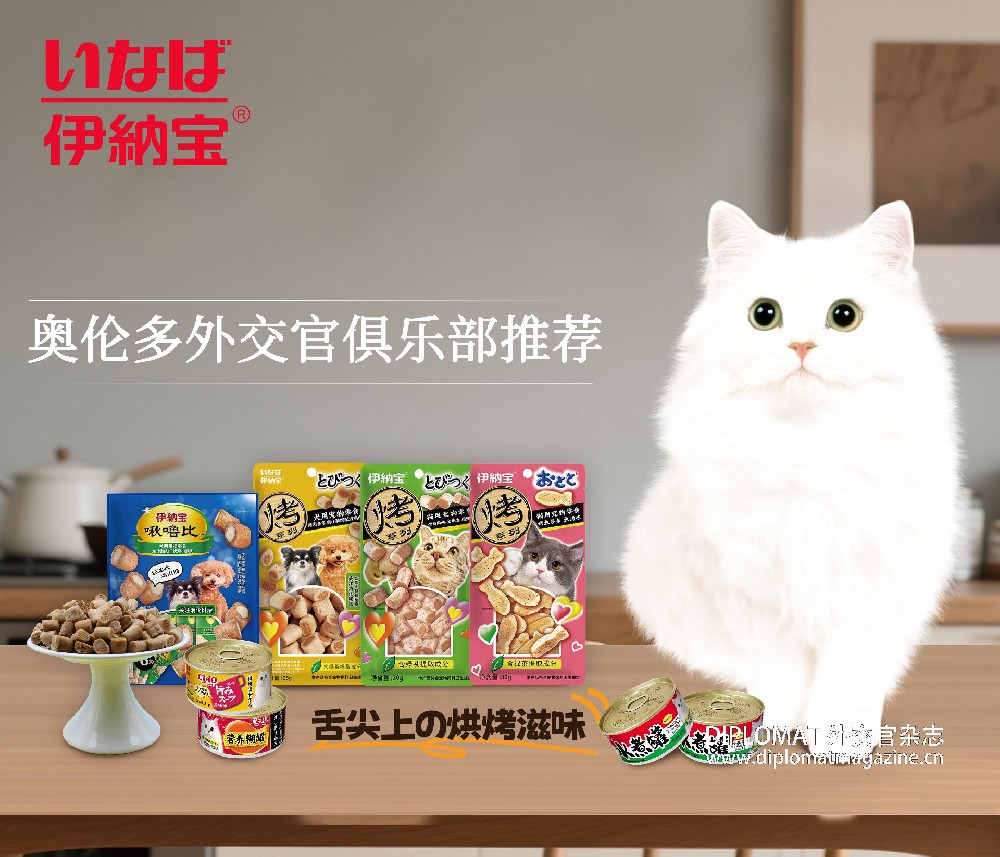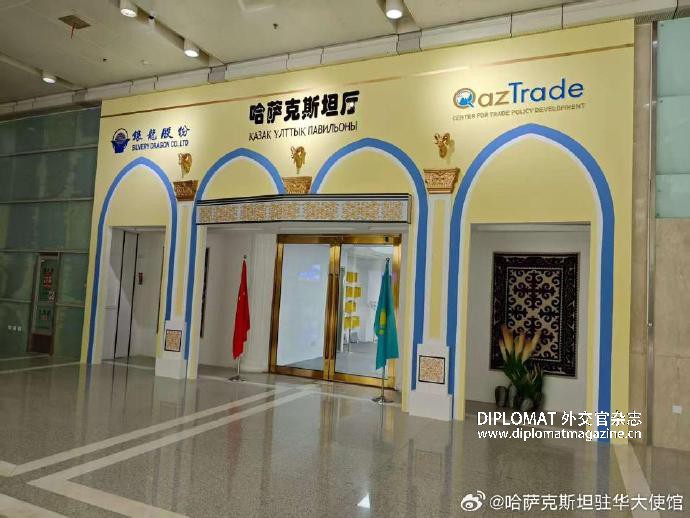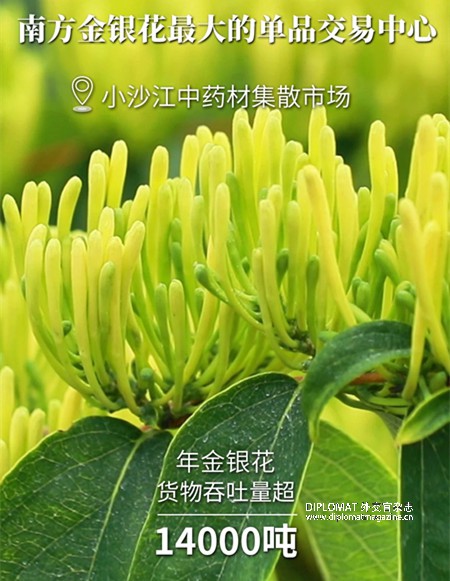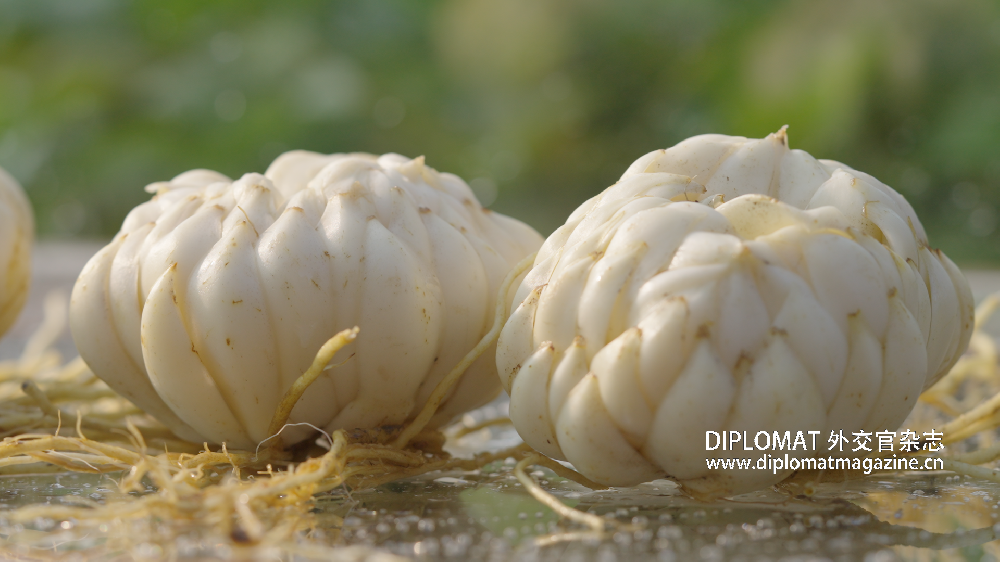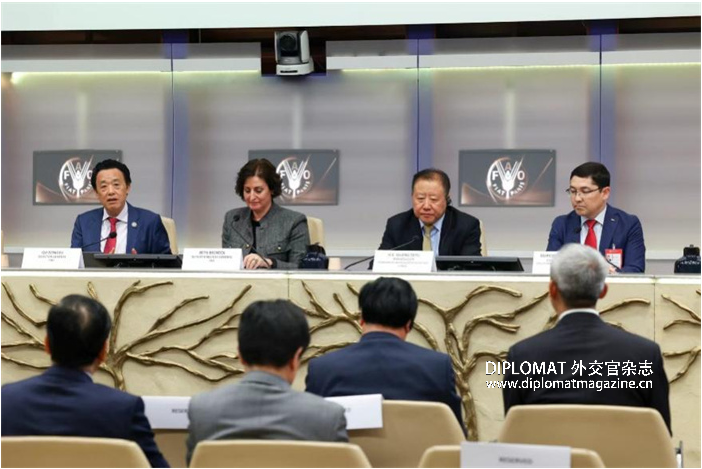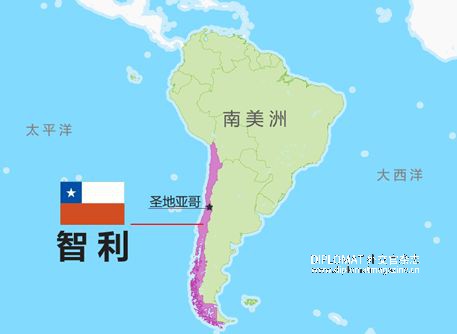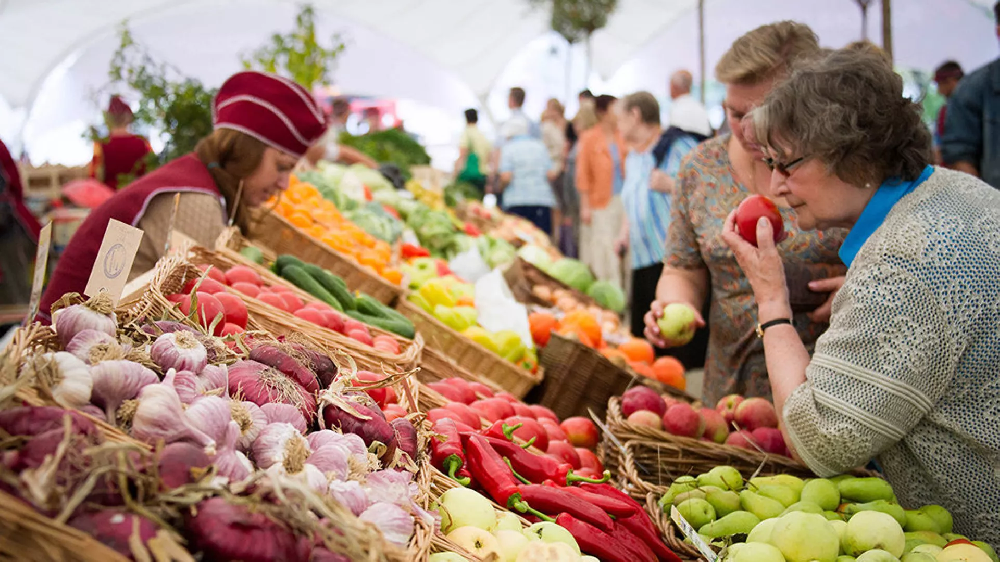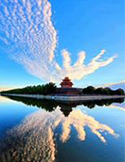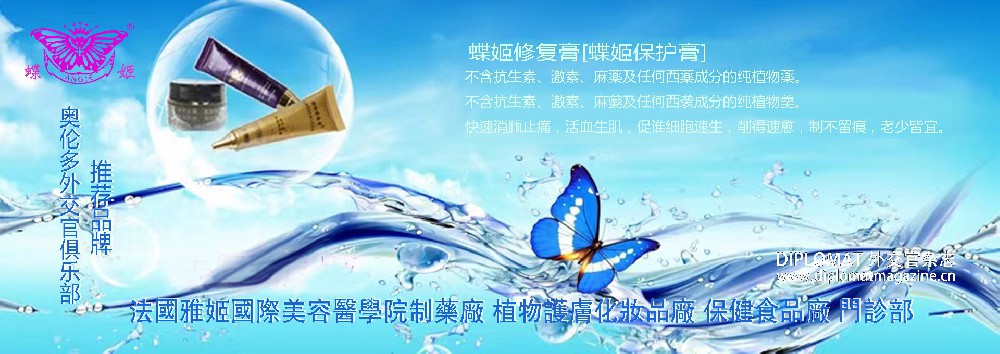导语:Nestled in the high mountains at an elevation of around 1300 meters, along the border between Xupu and Longhui counties in the Xuefeng Mountain range of Hunan Province, lives an ancient ethnic group—the Hua Yao. With a population of approximately 12,000, the Hua Yao are a branch of the Yao people i
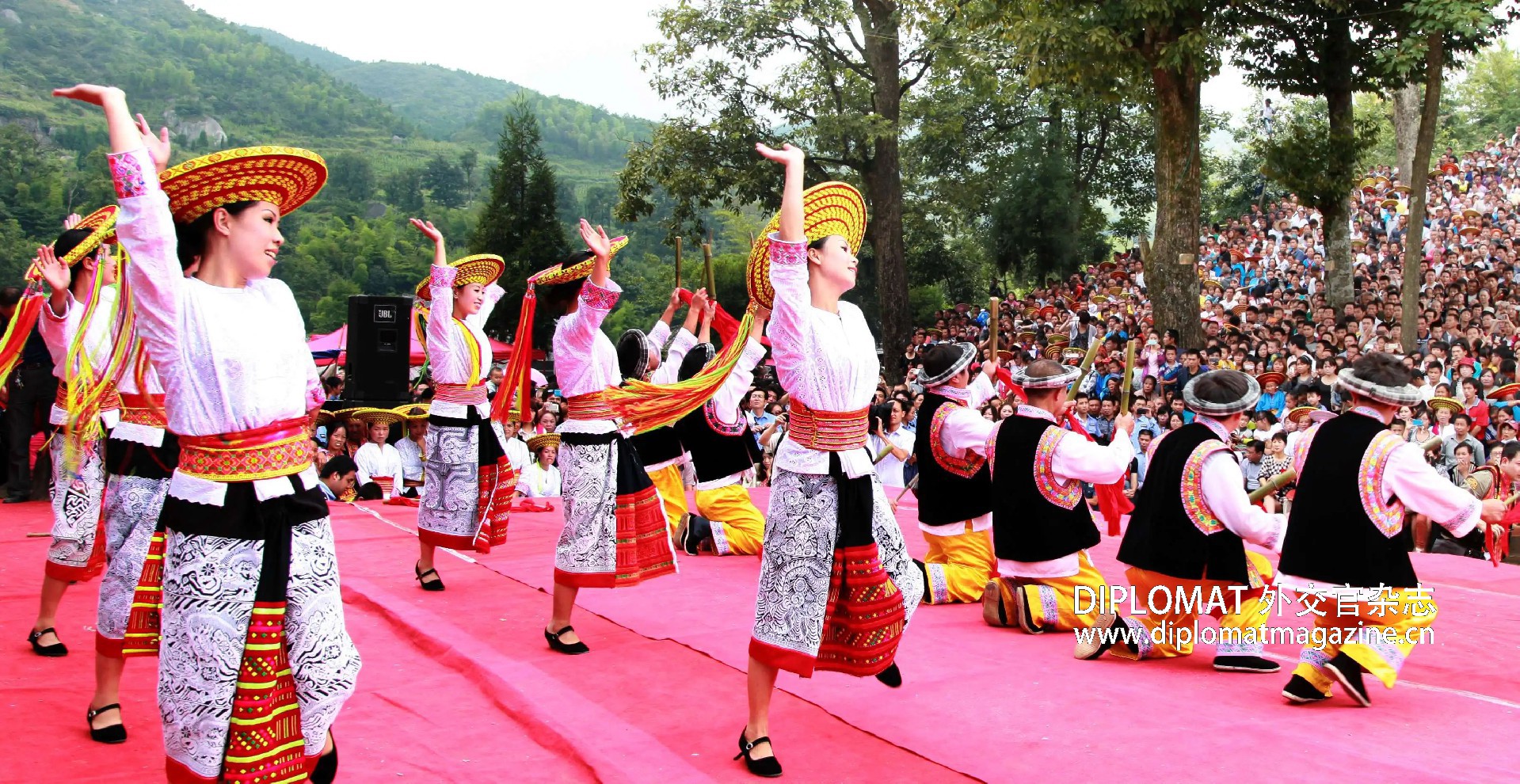
Nestled in the high mountains at an elevation of around 1300 meters, along the border between Xupu and Longhui counties in the Xuefeng Mountain range of Hunan Province, lives an ancient ethnic group—the Hua Yao. With a population of approximately 12,000, the Hua Yao are a branch of the Yao people inhabiting the hinterlands of southwestern Hunan. They are called "Hua Yao" (meaning "Flowery Yao") due to their unique and brightly coloured costumes, and particularly because of the exceptionally exquisite cross-stitch embroidery skills of their women. According to Fengsu Tongyi (An Interpretation of Customs) by Ying Shao of the Eastern Han Dynasty, the ancestors of the Yao people "wove tree bark, dyed it with plant seeds, and favored five-colored garments."
Unlike other branches of the Yao people, the Hua Yao of Longhui do not recognize "Pan Wang" (King Pan) as their progenitor ancestor, nor do they observe the "Pan Wang Festival." However, they grandly celebrate their own three major traditional festivals every year: "Tao Nian Bai," held from the 15th to the 17th day of the fifth lunar month, meaning a festival celebrated around the middle of the month; and "Tao Liao Gui," held from the 2nd to the 4th, and again from the 8th to the 10th day of the seventh lunar month, signifying "escaping fierce deities."
Natural Scenery: The Hua Yao region in Longhui boasts rich natural tourism resources. Its magnificent mountains and peculiar rock formations seem crafted by supernatural forces; ancient trees tower into the sky, forming vast, shady forests. The stone waterfall at Datuo Mountain Village is majestic and imposing, making it an ideal spot for mountaineering and rock climbing. The ancient tree forest in Chongmudang Village offers urban dwellers a profound dialogue with nature. The recently discovered Yaoshan Canyon has already caused a sensation. Stretching nearly 13 kilometers, dozens of waterfalls large and small cascade naturally down its course, exuding a wild, untamed beauty. The Hua Yao rice terraces...
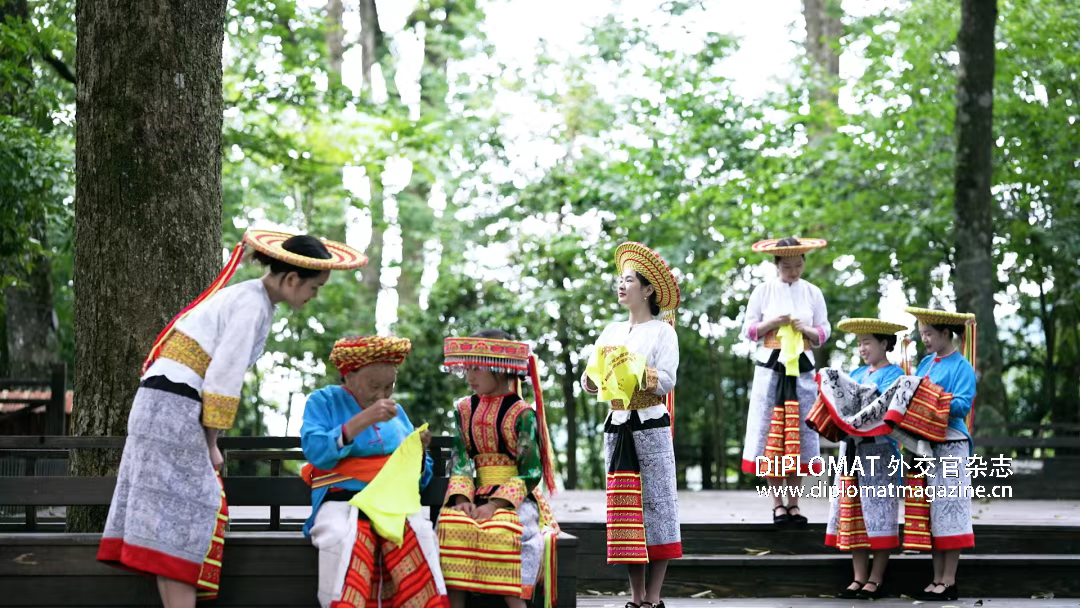
Cultural Characteristics:
Costume Features: Hua Yao costumes are characterized by vibrant colours and exquisite patterns. Women's attire is particularly unique, embodying the Hua Yao people's pursuit of beauty.
Cross-Stitch Embroidery: Hua Yao cross-stitch embroidery is a National Intangible Cultural Heritage. Renowned for its superb craftsmanship and unique patterns, it is acclaimed as "world-class embroidery."
Traditional Festivals: The Hua Yao celebrate three major traditional festivals: "Tao Nian Bai" from the 15th to the 17th day of the fifth lunar month, and "Tao Liao Gui" held twice in the seventh lunar month (from the 2nd to the 4th, and the 8th to the 10th). These festivals are vital vessels of Hua Yao culture.
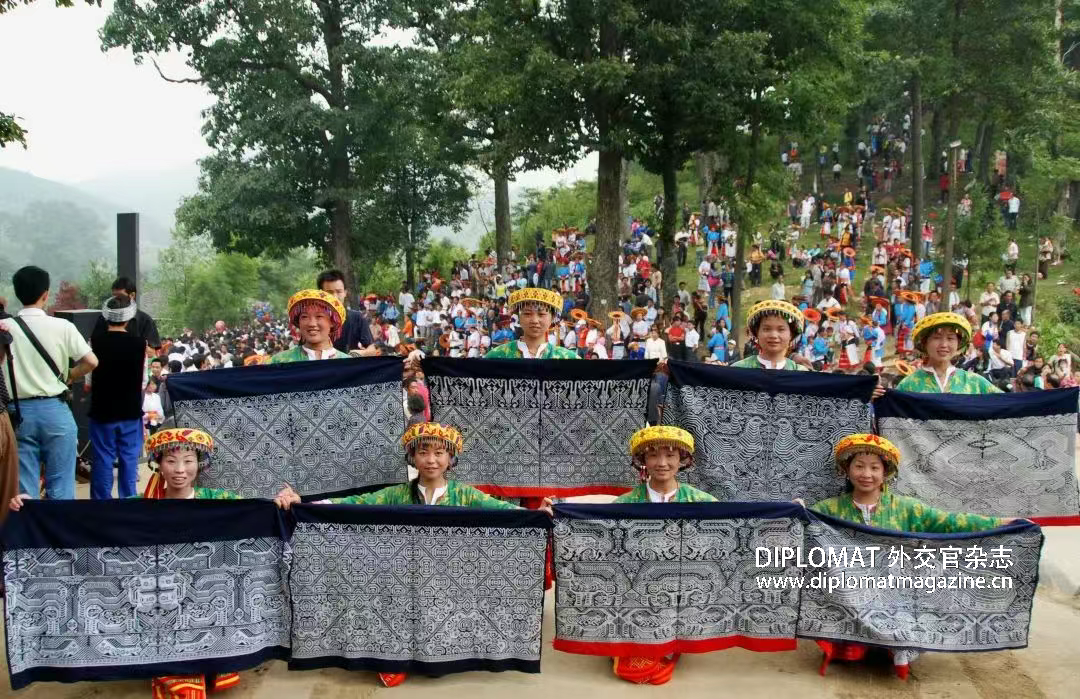
Marriage Customs: Hua Yao marriage customs are unique and full of charm. Matchmakers are exclusively men, known as "Mei Gong" (male matchmakers). Wedding rituals like the "Gate-Blocking Wine," "Mud Flinging," and the hip-swinging dance ("Da Dao," literally "stomping buttocks") offer fascinating spectacles.
Intangible Cultural Heritage: Hua Yao cross-stitch embroidery and Wuwa Mountain Songs (Un Wa Folk Songs) have been listed as National Intangible Cultural Heritage, ensuring their protection and transmission



